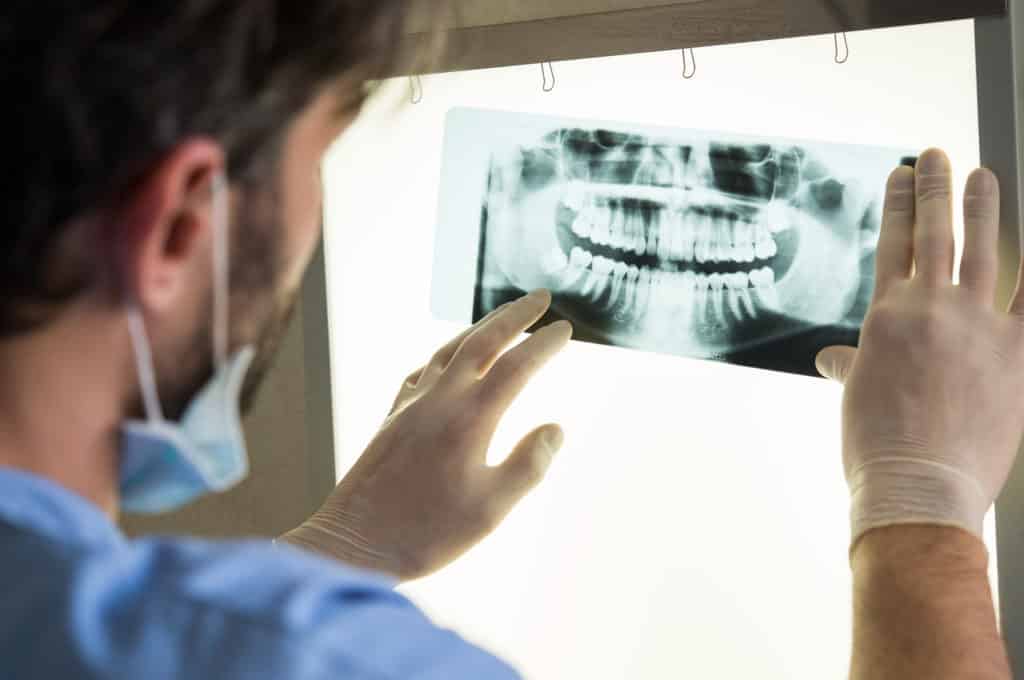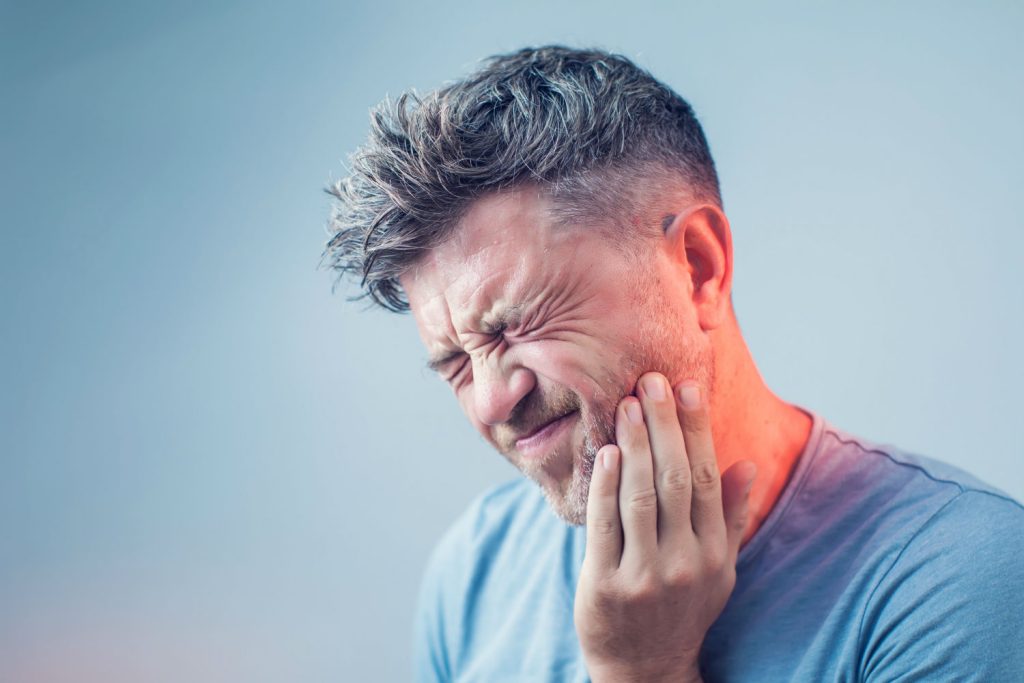Dental Emergencies and how to triage and handle them on the phone
Dental emergencies never happen at a convenient time. Patients will always remember a dental office that helps them in their time of need.
So the dental office needs to have good systems in place to prepare for patients who call.
It’s good for the front desk to have a plan for times when to schedule patients with emergencies. Maybe there’s time saved before lunch. Maybe there’s some time saved in a second column.
Throughout the day having some blocks of time ready to meet the predicted amount of emergencies will be helpful.
And then, how do you treat these calls?
It’s hard when you don’t see the patient to know exactly what’s needed. So the more information you can get on the phone can help the patient and help the doctor.
What constitutes a dental emergency

Some things are true in emergencies and others can wait.
Generally, if it’s an emergency in the mind of the patient, it’s an emergency.
But we want to be able to reassure the patients too, as well as help prepare the staff in the office for what the patient may need when they arrive.
To help define a true emergency, we have a few tips to help staff who are on the phone to determine what calls are true emergencies that need to be seen right away.
It’s important when scheduling emergency patients to be sure to explain to the patient that they’re being work in and we want to evaluate what needs to be done.
What to do when the patient says they need to be seen right away
When the patient is asking to be seen right away, get as much information as possible. Some questions you can ask are:
Which tooth is bothering you?
If it’s an existing patient, you may be able to pull up the X-ray and you look at the area and then look at the following:
- If the tooth was worked on recently, was there a crown on there?
- If there’s a temporary crown that’s come off, this patient needs to be seen right away to have the temporary crown replaced.
- If the tooth was worked on recently for a filling or a crown and the bite doesn’t feel right, that patient needs to be seen right away so that could the bite can be checked if it needs to be adjusted.

If there was recent dental work, like a filling, or root canal, that patient needs to be scheduled right awa.
If a tooth has been extracted and the patient’s having swelling or pain that’s been the same or worse than before, then the patient may have a dry socket, and we need to see them right away.
Important note about extractions
- Remind patients that usually it’s the third to fifth day after the extraction, that’s usually the worst for pain for a dry socket. And usually patients will call around the third day.
- You don’t want to promise medication to these patients because you will need an evaluation first.
- But do tell them that you’ll let the provider know. It may be something that the provider can handle over the phone.
- If a final crown is off or an implant part is out, schedule right away with the doctor, and I think getting them in right away is important.
Is the tooth broken? Is it cutting their tongue?

If so, get the patient in right away. Usually we can very quickly smooth a rough edge to make the patient comfortable land then schedule more definitive treatment later. In a tight schedule, this could be an option if the patient wants to be seen right away.
You may also want to ask them when did it happen? How did it happen?
If it happened during an accident or they suffered trauma to the head or neck that is going to make it more of an urgent emergency.
Are you hurting? If so, when did it start?
Ask the patient to describe the pain, how it feels. What makes it sensitive? Is it sensitive to chew and throbbing. Is the pain constant? Does the pain stop when they are no longer biting down and it’s no longer exposed to cold?
And if the pain doesn’t stop, then these are emergencies that should be seen right away.
Is there swelling?
If the answer is yes that would be an emergency.
Is there a non-tooth related pain?
- Could be a cold sore, or mouth ulcers.
- Could be a painful or non-painful lesion or spot on the tongue or the cheek.
- Could be bleeding or soreness of the gums.
- Could be soreness from a denture or partial.
- Could be a broken partial denture.
- Could be muscle-related jaw joint pain.

Certainly if the person’s in real pain, they should be able to give you some kind of description of the pain.
You don’t want to feed them answers.
Just let them describe how they’re feeling and record that for the doctor and staff.
True dental emergences that require same day treatment
The following are considered to be true emergencies that should be seen the same day.
If it’s a recently broken tooth, if there’s swelling, if pain lingers to cold or bite pressure, or if it’s a tooth that’s been knocked out or broken.
Less urgent concerns to be scheduled asap
The following are considered less urgent to be scheduled within the near future. Cracked or broken teeth that may not feel pain, and are not cutting the cheek or tongue.
Little to no pain. Pain that started a week ago or over time or pain that goes away when not exposed to heat or cold.
Triaging dental emergencies on the phone

So the things to remember is that the doctors want to help.
And the doctors, they’re willing to stay there to see the patients. And the doctors want to know when the patients are in distress.
If possible, we can try to see the patient the same day.
If the patient’s willing to sit and wait for an appointment when they have an emergency, they may be able to come in and wait and be worked in. You don’t want to guarantee a time, but it is a way to have a patient seen.
Ideally, if it’s something that’s important to them, you don’t want them to wait too long to be seen. But at least this way, your patient’s know you and your staff doing what you can to attend to their needs.

